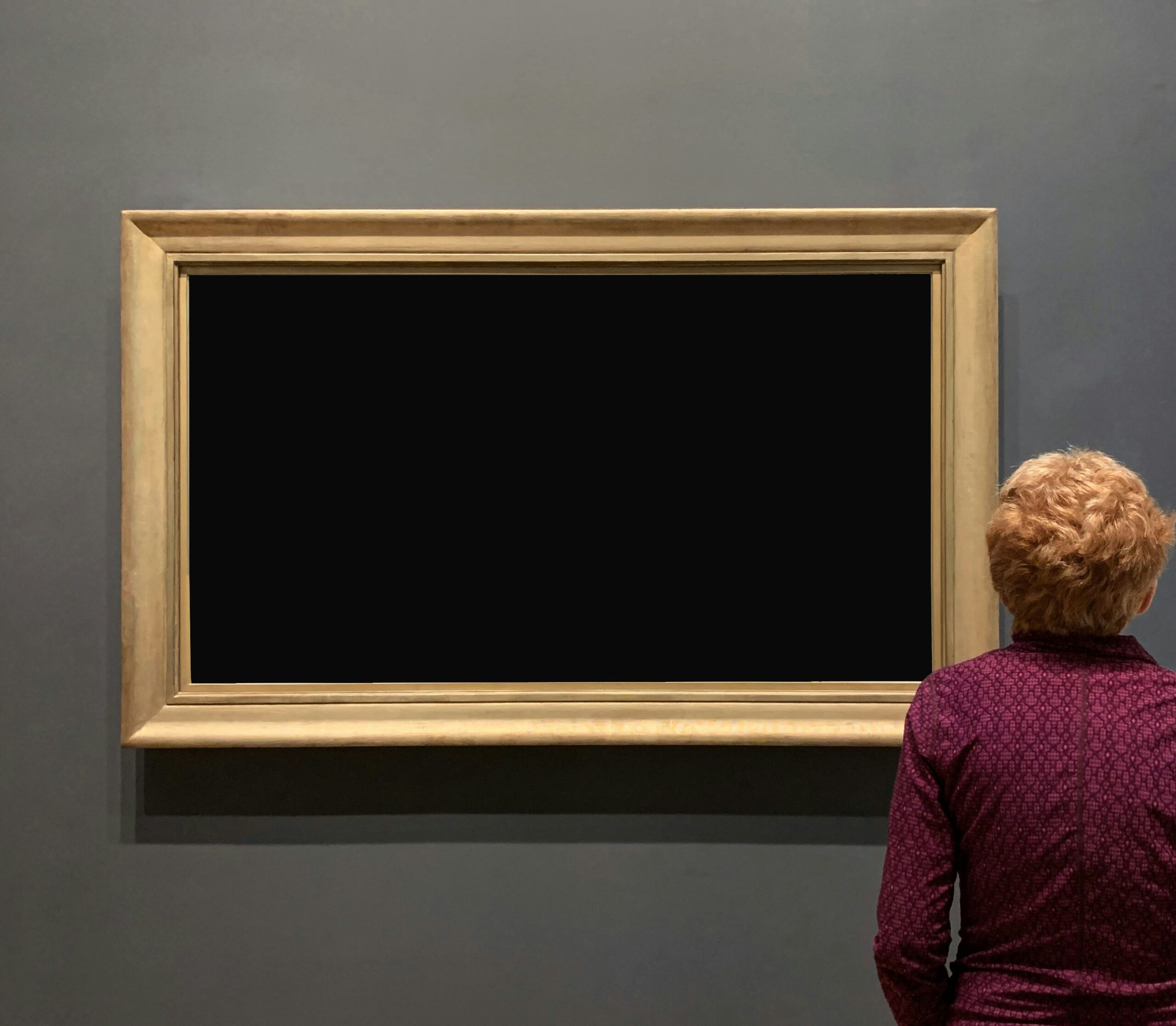Art has the power to reach us, even when it doesn’t utter a single word. In the silence of a canvas, in the strokes of color, in the empty spaces left behind—we often find something that touches us deeply. This is the magic of art: it can build an emotional connection without physical touch.
This article will discuss how that emotional bond forms, why it’s important in the aesthetic experience, and how we can be more open to feeling it when viewing art.
1. When the Heart Speaks, Not Words
Many people ask, “What does this painting mean?” or “What does the artist want to convey?” These questions are valid, but sometimes they make us forget one crucial thing:
Art is often not meant to be understood logically.
It is more often meant to be felt.
When we look at a work and suddenly feel moved, calm, stressed, or even confused—that is the moment when art successfully builds an emotional connection.
2. The Power of Symbols, Colors, and Composition
Visual elements like color, form, and compositional arrangement can evoke spontaneous emotional reactions.
- Dark blue can bring a sense of loneliness, coldness, or reflection.
- Asymmetrical compositions can make viewers feel uneasy or challenged.
- Blurred or free forms can create space for personal interpretation.
When these elements are combined sensitively, they can become an emotional language that directly “speaks” to the soul.
3. We See Ourselves in the Artwork
One reason why art can feel so close is that it often reflects our own experiences or feelings. Perhaps it’s not the artist’s story we’re seeing—but our own story. Examples:
- A painting of an empty space might recall past loneliness.
- Bright colors can evoke childhood memories.
- Abstractions can feel like a depiction of unspoken feelings.
This is what makes the relationship with art so personal and unique to each individual.
4. A Connection That Needs No Explanation
In a world that constantly demands explanations, art offers freedom: We don’t need to know why we connect with a piece. Simply feeling is enough.
Like meeting someone and instantly feeling comfortable, art can touch us before we even know why.
5. Art as an Emotional Mirror
Artists often pour their emotions into their work. So, when we see it, we might not only feel what we bring—but also what the artist themselves once felt. This connection creates an emotional bridge across time and space.
Art from the 19th century can still “speak” to us today because emotion is a timeless language.
6. When There Are No Words, Art Speaks
Sometimes, when life is too heavy, we lose words to express what we’re experiencing. In such conditions, art can become a sanctuary.
- Looking at artwork can be a way to calm oneself.
- Gazing at a single color or texture can stabilize the heart.
- Even digital art can provide a sense of recognition.
The emotional connection built by art doesn’t judge, doesn’t force, it simply exists and accompanies.
7. Can Everyone Experience This?
Certainly. But like all forms of relationships, an emotional connection with art requires time and openness. Here are some ways to invite that connection:
- Spend more time in front of a single work.
- Don’t rush to “understand.”
- Ask yourself: “What do I feel when I see this?”
- Allow those feelings to be present without judgment.
8. Not About “Knowing Art”—But About Feeling It
Many people feel they don’t have “art knowledge” and are therefore afraid to appreciate works emotionally. However, art is not about knowing movements or techniques. Art is about connection.
And that connection is not built with logic, but with sensitivity and honesty of feeling.
9. When Emotion Becomes a Social Bridge
Emotional connection with art is not only felt individually—it can also be a bond between people.
- We can see the same painting and cry together.
- We can sit quietly in front of a work and feel a mutual understanding without speaking.
- We can get to know others through the art they love.
Art becomes a meeting place for feelings, not just opinions.
10. Art Offers an Invisible Touch
In a world where physical touch is increasingly limited, art can be the deepest form of touch—because it touches where hands cannot reach: in the heart.
Conclusion: Building Connections Through Feeling
When we open ourselves to art—not with our minds, but with our hearts—we find that it is not only beautiful, but also familiar. Emotional connection in art is not exclusive. It is available to anyone willing to pause and allow themselves to be touched.




